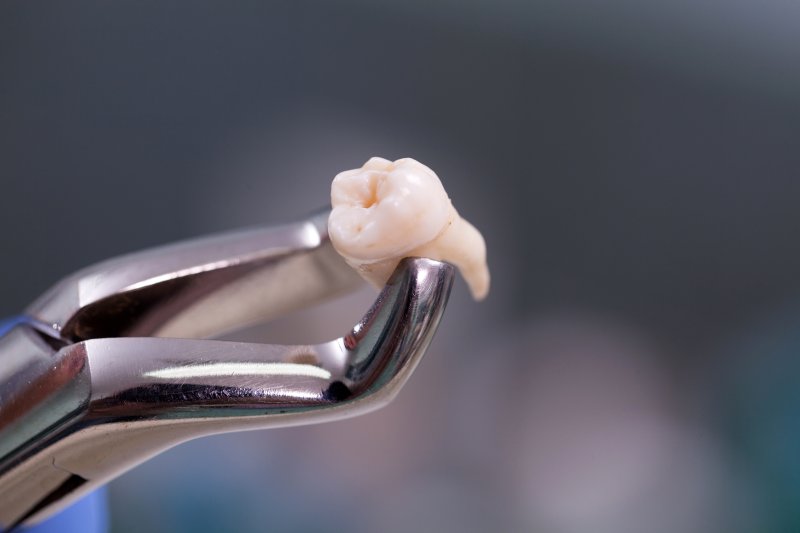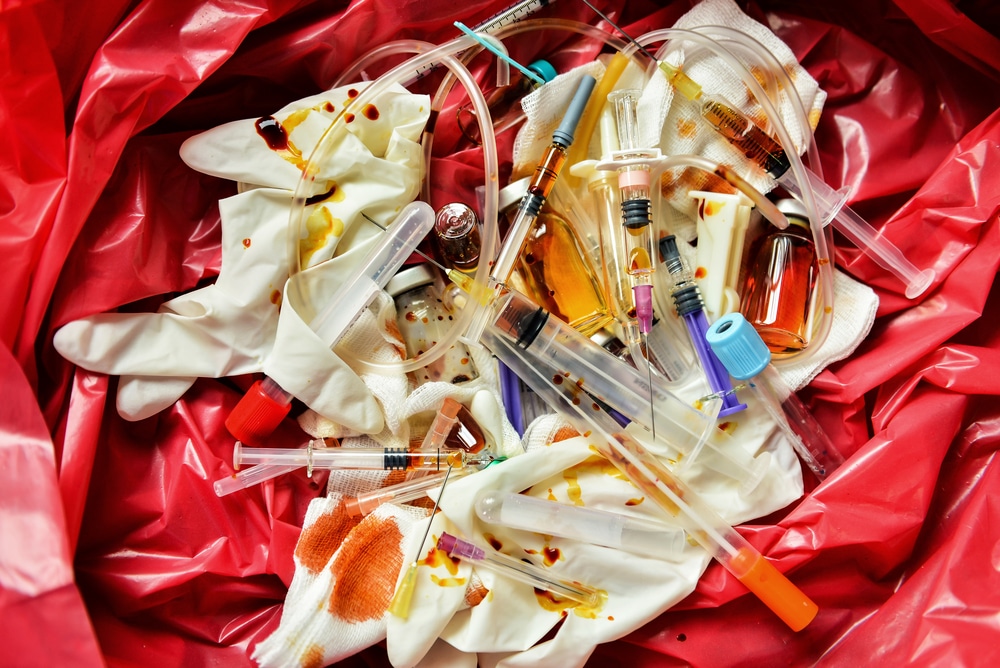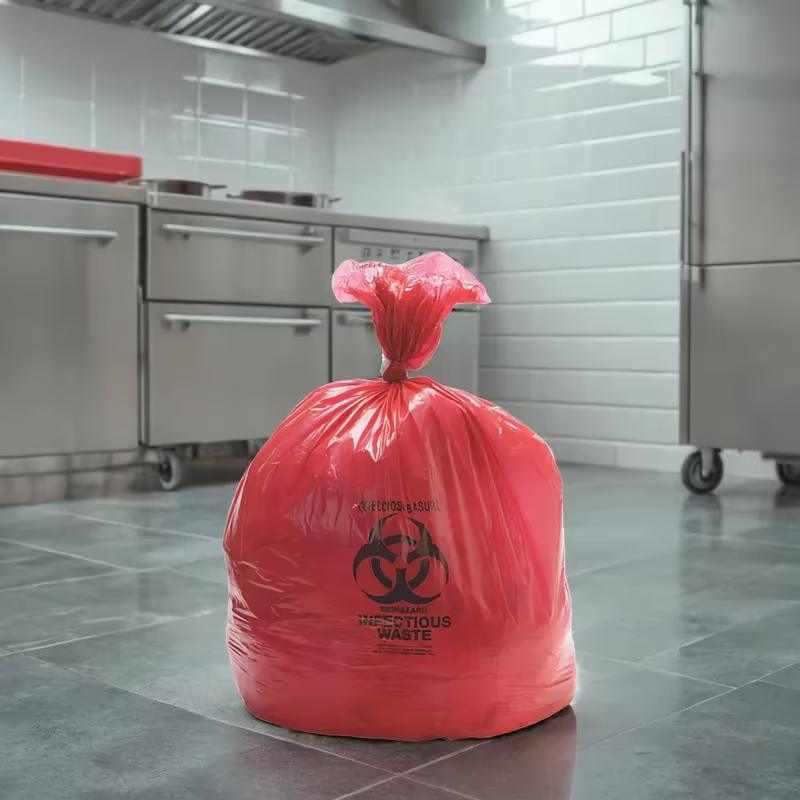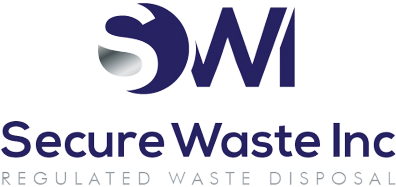Can I Dispose Of Teeth In The Medical Waste Box Or Sharps Container? Expert Answers And Solutions From Secure Waste
Extracted teeth containing no amalgam or other metals should be disposed of as Regulated Medical Waste. They can be placed in your medical waste box or a sharps container for later disposal. This guideline applies only to teeth or broken teeth with no chance of containing hazardous metals. For more information, please refer to the CDC below.
Regulated Medical Waste And Dental Disposal Why It Matters
Extracted teeth can sometimes carry blood or other materials that may pose a risk of infection. Both dental patients and healthcare professionals need to be aware of these potential hazards, such as bloodborne illnesses like HIV and hepatitis B.
Handling Extracted Teeth In The Dental Office: To ensure everyone’s safety, extracted teeth must be disposed of according to the guidelines set by the Occupational Safety and Health Administration (OSHA) Bloodborne Pathogens Standard. Proper disposal in regulated medical waste containers keeps our environment safe and hygienic!
If a patient wishes to keep their extracted tooth, it can be returned! Once it’s back with the patient, it’s no longer considered a risk and is exempt from the OSHA standard.
For more detailed guidance on handling extracted teeth and maintaining a safe dental environment, check pages 33 and 47 in the CDC’s Guidelines for Infection Control in Dental Health-Care Settings — 2003.
Let’s team up to put health and safety first in our dental care journey! Your well-being is our top priority, and together, we can ensure a brighter and healthier smile for everyone!
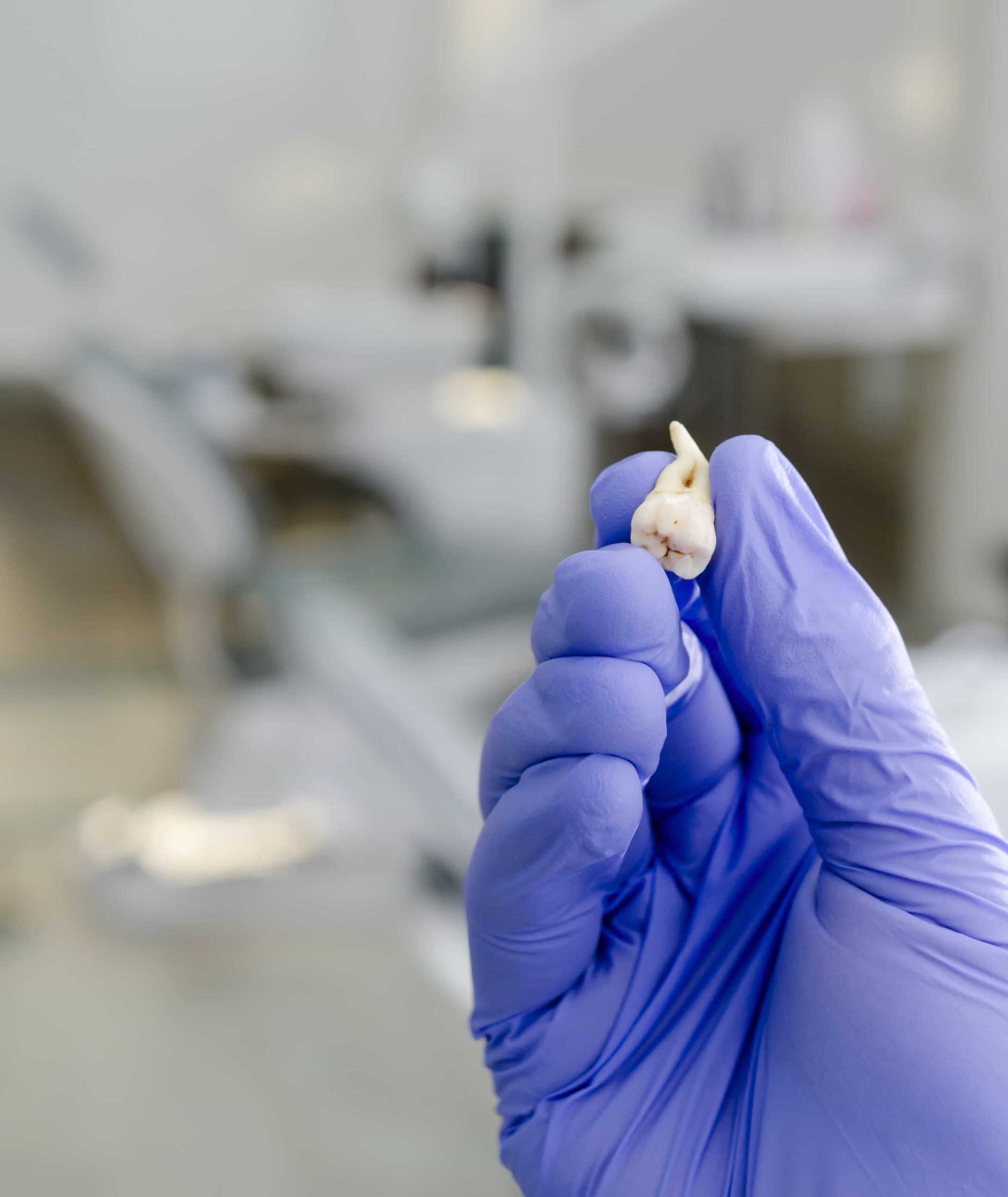
Disposal Of Teeth That May Contain Dental Amalgam Or Other Metals
Disposing of extracted teeth containing amalgam fillings is a critical process guided by state and local regulations. Secure Waste offers comprehensive solutions beyond traditional medical waste disposal methods. By utilizing our services, dentists and dental practices can ensure compliance with safety standards and enhance their waste management systems, creating a safer and more efficient workplace for everyone involved.
Dentist Review For Extracted Teeth Disposal
As mentioned by the CDC, extracted teeth are classified as potentially infectious material and fall under the guidelines set by the Occupational Safety and Health Administration’s (OSHA) Bloodborne Pathogens Standard. Dentists are encouraged to store extracted teeth in containers specifically designed for regulated medical waste unless the teeth are returned to a patient. It’s essential to avoid placing teeth with amalgam fillings in incineration-bound containers such as regular trash bins, sharps containers, or biohazard bags. Following state and local regulations for the disposal of amalgam is crucial, as some metal recycling firms may accept extracted teeth with amalgam fillings.
Secure Waste Recommendations for Using Extracted Teeth in Educational Settings
For those keen on using extracted teeth for preclinical educational training, the CDC advises thoroughly cleaning them to remove any visible blood or debris. Keep them moist in a simple solution like water or saline. To ensure safety during transport or storage, these teeth should be securely contained in a marked container with the biohazard symbol until they can be sterilized. A recommended method for safe handling is heat sterilization.
Those without amalgam fillings are the safest choice when considering teeth for educational purposes, as they can be comfortably autoclaved. Extracted teeth containing amalgam should not undergo heat sterilization due to the potential risks of mercury vaporization. Instead, a reliable method for disinfecting teeth’ internal and external surfaces with amalgam is immersing them in a 10% formalin solution for two weeks. It’s essential to recognize that formalin is a saturated solution of formaldehyde.
Dental professionals handling formalin are encouraged to consult the manufacturer’s safety data sheet to understand any occupational health considerations and to ensure adherence to OSHA’s Hazard Communication Standard. For additional information on safety measures relating to formaldehyde exposure, it’s a great idea to refer to OSHA’s fact sheet on formaldehyde and seek insights from an occupational health expert.
By staying informed and adhering to best practices, dental professionals can ensure a safe, compliant, and enriching environment for their work and patients!
In conclusion, now that you know what to do with extracted teeth with or without hazardous Dental Amalgam, please contact Secure Waste.
We provide reliable, compliant, eco-friendly medical waste disposal solutions for your facility’s needs. We have expertise in biomedical, hazardous waste, and Sharps container disposal. In addition, we provide customized waste management plans, including secure collection and transport and sustainable disposal practices.
Contact us today for a FREE Waste Assessment, or request a quote online!
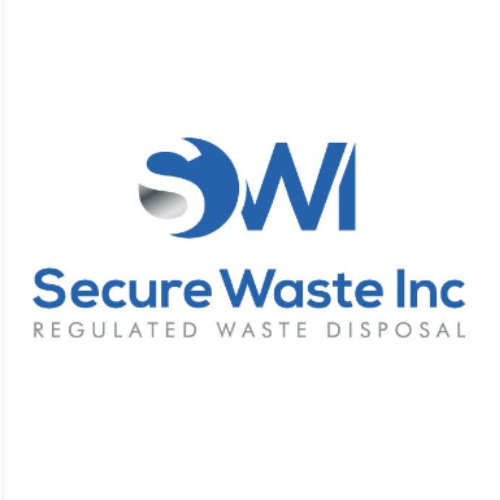
Expert Medical Waste Management: With over 25 years of industry experience, Secure Waste is a trusted local leader in hazardous and biohazardous waste disposal across Maryland, Virginia, and Washington, D.C. Specializing in medical waste management, sharps needle disposal, and biohazard waste removal, the company ensures full compliance with federal, state, and local regulations while prioritizing environmental sustainability.
The company also offers additional services, including secure document shredding and sharps container sales, providing comprehensive solutions for healthcare facilities and businesses. Our cost-effective services help clients maintain regulatory compliance without unexpected costs.
With a commitment to customer satisfaction, Secure Waste offers tailored waste management plans that align with industry best practices. Their team of experts provides reliable, timely, and compliant services, making them the preferred choice for medical waste disposal. For a free waste quote or more information, visit www.securewaste.net
